‘Posttraumatic stress disorder (PTSD) affects many individuals worldwide. The aftermath of traumatic experiences can lead to anxiety, flashbacks, and a plethora of other symptoms that disrupt daily life. Calming techniques in PTSD in a therapeutic manner often involve various coping strategies and support systems to alleviate these frequent and intense symptoms. One such approach is the integration of calming techniques along with the 12 Steps, a well-known framework for recovery and personal growth.
A Tailored, Mindful, Calming, and Growth-Oriented Approach combines PTSD treatment with the proven principles of the 12 Steps. This combination aims to relieve symptoms and provide survivors, family members, and friends with the understanding and tools necessary to support one another on the path to healing. By incorporating complete relaxation exercises, self-awareness, and a strong support network, individuals suffering from PTSD can establish a solid foundation for long-term recovery and growth.
Understanding PTSD
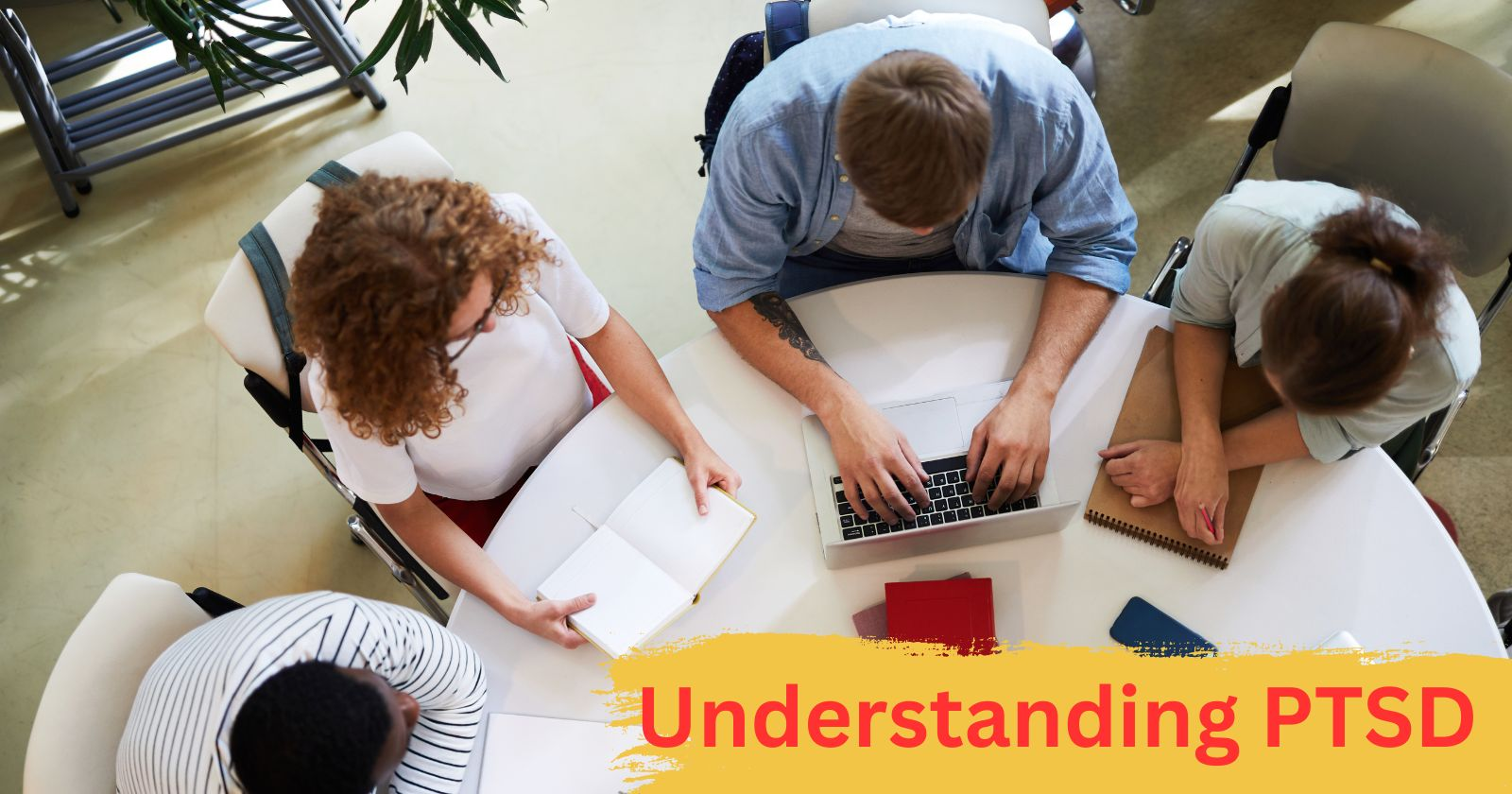
Post-traumatic stress disorder (PTSD) is a serious mental illness or health condition that develops in some individuals who have experienced a shocking, scary, or dangerous event. This section will cover the symptoms and causes of PTSD, focusing on the aspects of traumatic stress.
Symptoms of PTSD
The symptoms of PTSD can be grouped into four main categories such symptoms:
- Intrusive memories
- Repeated, involuntary memories of the traumatic event
- Flashbacks reliving the traumatic experience
- Nightmares related to the event
- Intense reactions to triggers reminiscent of the trauma
- Avoidance
- Staying away from places, situations, or people that are reminders of the event
- Avoiding talking or thinking about the traumatic event
- Negative changes in thinking and mood
- Persistent negative emotions, such as fear, anger, or guilt
- Feeling detached or estranged from others
- Losing interest in previously enjoyed activities
- Difficulty experiencing positive emotions
- Changes in physical and emotional reactions
- Being easily startled or frightened
- Feeling constantly on guard or hypervigilant
- Trouble sleeping or concentrating
- Aggressive or irritable behavior
- Self-destructive behaviors (e.g. substance abuse, reckless driving)
For a more detailed description to reduced PTSD symptoms, you can visit the National Institute of Mental Health website.
Causes of PTSD
Traumatic events that can lead to PTSD include, but are not limited to:
- Natural disasters (e.g., earthquakes, floods)
- Acts of terrorism
- Serious accidents (e.g., car accidents, plane crashes)
- Physical or sexual assault
- War, combat or military experiences
- Witnessing or experiencing a violent crime
It’s essential to note that not everyone who experiences a traumatic event will develop PTSD. It is important to be aware of the common reactions to trauma so that you can recognize potential warning signs and seek help if necessary. Various factors contribute to an individual’s likelihood of developing PTSD. These can include:
- Genetics and family history of mental health issues
- Childhood experiences of trauma or abuse
- Presence of other psychological disorders
- Personal coping skills and resilience
- Social support after the traumatic event
Understanding PTSD and its symptoms is crucial when exploring calming techniques and therapies, such as the 12 Steps, to help those affected by this mental health disorder.
Calming Techniques in PTSD
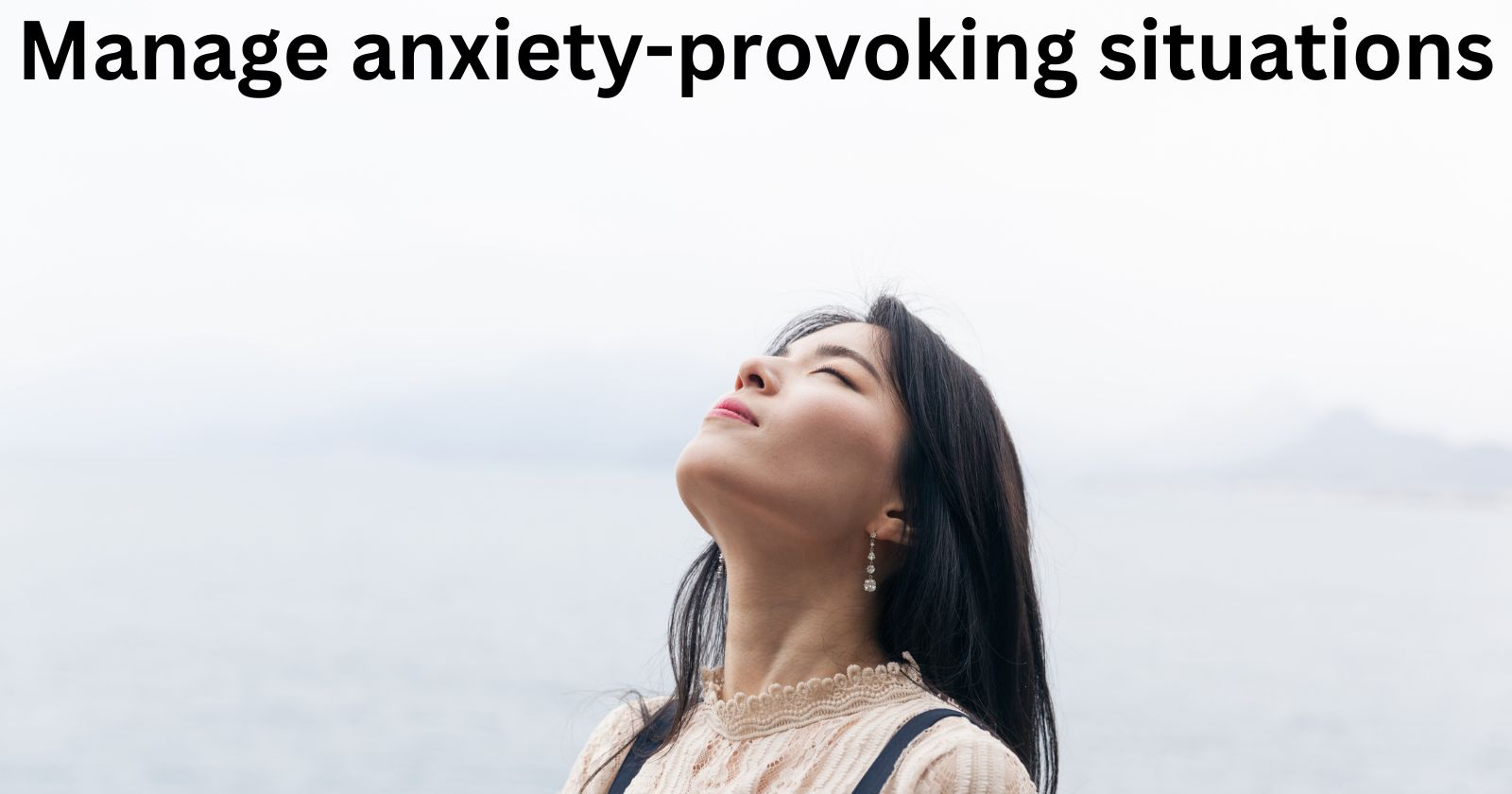
Deep Breathing Exercises
Deep breathing exercises can be a powerful tool in managing anxiety provoking situations and chronic stress often associated with PTSD. Slow, controlled breaths can help activate the body’s relaxation response. One effective natural breathing involves the 4-7-8 method: inhale for 4 seconds, hold the breath for 7 seconds, and exhale for 8 seconds. Practicing this regularly can contribute to reduced anxiety and increased relaxation.
Meditation and Mindfulness
Meditation and mindfulness practices are known for their significant role in coping with PTSD. These techniques promote mental clarity and focus on the present moment. Mindfulness involves non-judgmental observation of one’s thoughts and experiences. Establishing a regular meditation practice can provide long-term benefits, including reduced anxiety and improved emotional well-being.
Progressive Muscle Relaxation
Progressive muscle relaxation (PMR) is an effective stress reduction technique that involves tensing and relaxing different muscle groups. Following this pattern, one can achieve a deep state of relaxation throughout the entire body. PMR can be especially beneficial for people with PTSD, as it incorporates physiological awareness and reduces physical muscle tension.
Aromatherapy
Aromatherapy uses essential oils derived from plants to promote relaxation and stress relief. Scents like lavender, chamomile, and bergamot have been found to possess calming properties. These oils can be used in diffusers or added to baths, lotions, and massage oils. Aromatherapy may complement other calming techniques for people experiencing PTSD-related or anxiety symptoms.
Weighted Blankets
Weighted blankets can be helpful for managing the sleep problems often associated with PTSD. These blankets provide gentle, even pressure, similar to a calming hug. This sensation can help reduce anxiety, promote relaxation, and improve sleep quality. NAMI suggests using a blanket that weighs around 10% of your body weight for optimal results.
The 12 Steps and PTSD Recovery
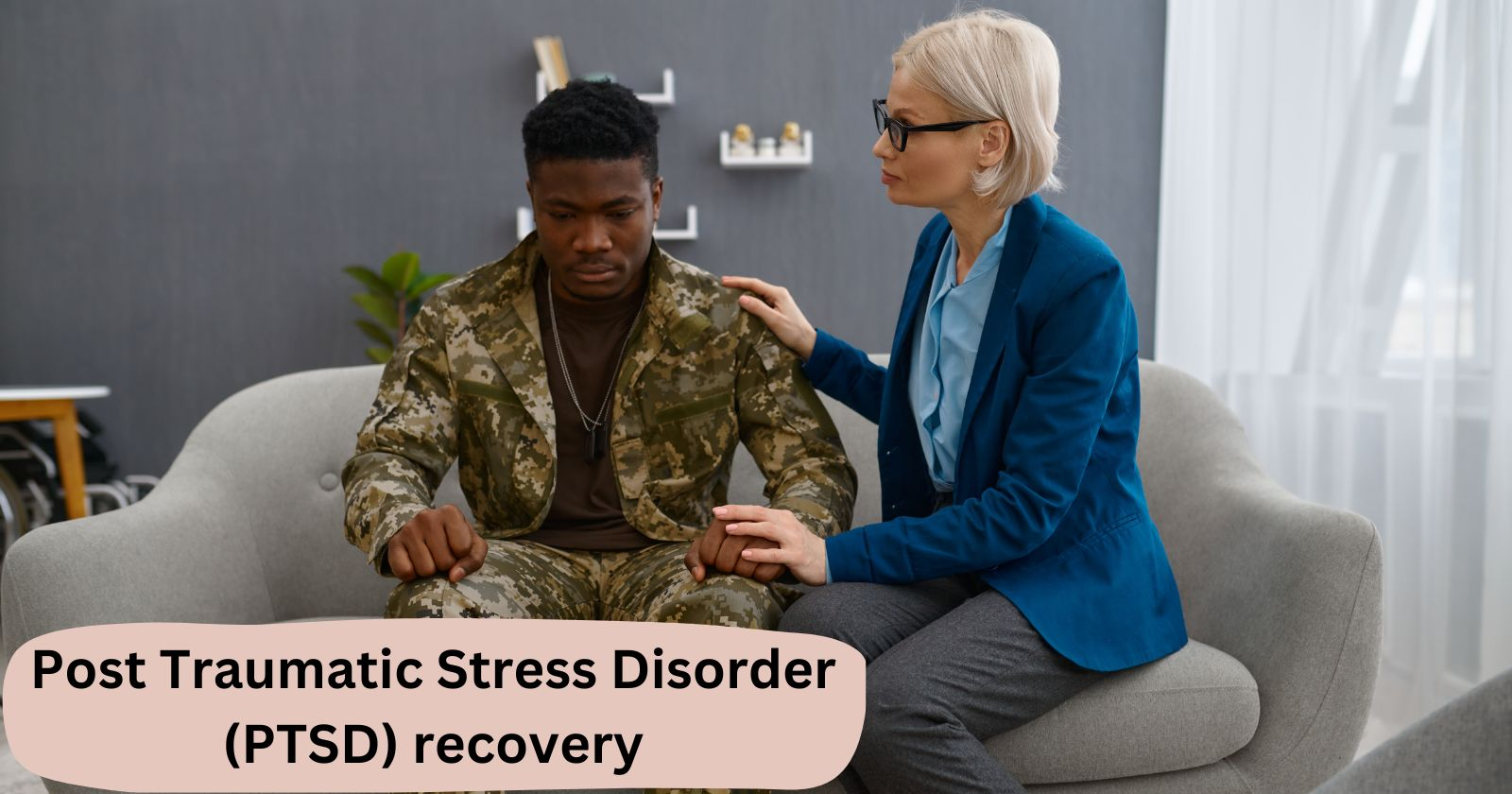
Understanding the 12-Step Program
The 12-Step Program, originally developed for addiction recovery, has been adapted by some mental health professionals to address Post Traumatic Stress Disorder (PTSD) recovery as well as psychological health after sexual abuse. The program’s principles focus on personal growth, self-awareness, and support from others, elements that can be beneficial to those with PTSD. The 12 steps range from admitting a problem exists, to seeking support, and working through a process of self-improvement.
Here’s a brief overview of the 12 steps:
- Admitting powerlessness over the trauma and its effects
- Believing that a power greater than oneself can help
- Making a decision to turn one’s life over to that higher power
- Conducting a personal inventory
- Admitting to oneself, the higher power, and another human being the nature of one’s wrongs
- Becoming ready to have the higher power remove any defects of character
- Asking the higher power to remove one’s shortcomings
- Listing those harmed by one’s trauma and becoming willing to make amends
- Making direct amends to those harmed, unless doing so would cause further harm
- Continuing personal inventory and admitting wrongs promptly
- Improving one’s conscious contact with the higher power through prayer and meditation
- Carrying the message to other PTSD sufferers and practicing these principles in meaningful and rewarding life
Benefits of 12-Step Programs for PTSD Recovery
There are several ways 12-Step Programs can help in PTSD recovery:
- Support from others: Being part of a group with shared experiences can offer a sense of belonging and help individuals feel less isolated.
- Structure: The program provides a structured approach to tackling trauma-related issues, which can be helpful for those who may feel overwhelmed or lost in their recovery journey.
- Personal growth: The 12 steps encourage self-reflection, acceptance, and personal development, which can be valuable for rebuilding one’s life after trauma.
- Emphasis on spirituality: While the program is not affiliated with any particular religion, it encourages individuals to seek comfort and guidance in a higher power, which can provide strength and hope during the recovery process.
Incorporating 12-Step Principles into PTSD recovery process can complement traditional treatments such as therapy and medications. The combination of these approaches, along with the support of mental health professional, and understanding from friends and family, can help those dealing with PTSD work towards a healthier and more fulfilling life.
Integrating Calming Techniques and the 12-Step Program
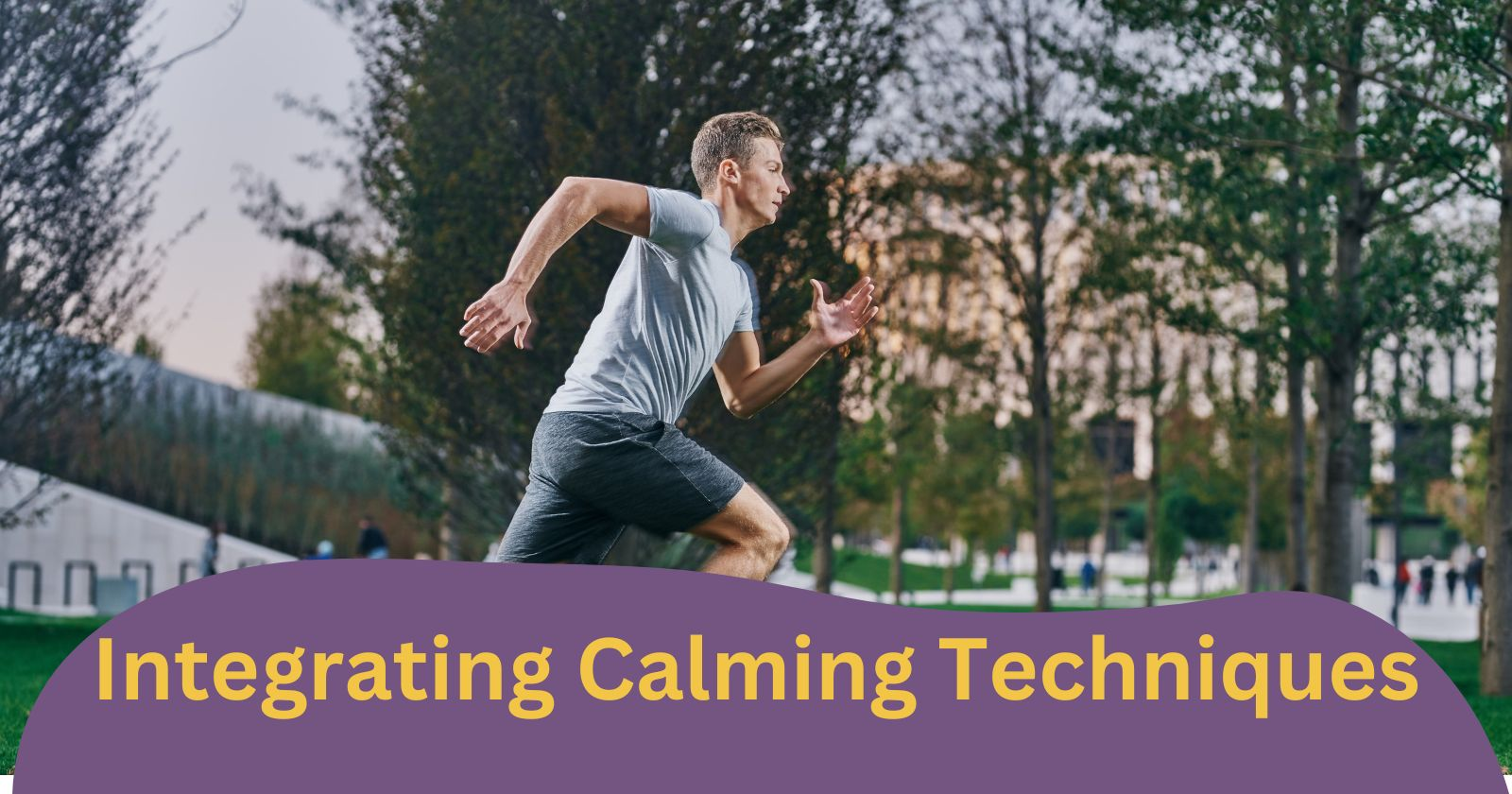
Responsibility in Recovery
Taking responsibility for one’s own recovery is a crucial aspect of both the 12-Step program and calming techniques for PTSD. By acknowledging their role in the healing process, individuals can work towards building confidence and personal growth. The 12-Step program encourages participants to accept their past trauma or traumas and focus on moving forward, while calming techniques like journaling and mindfulness offer ways to manage stress and combat anxiety together.
Being held accountable for personal development, physical and psychological health and well-being can be empowering, as it allows individuals to see the progress they are making towards positive life. This can lead to increased self-esteem and a greater sense of control over their life.
Incorporating Coping Skills in Everyday Life
Incorporating coping skills and calming techniques into daily routines rewarding life can greatly benefit individuals suffering from intense symptoms and from PTSD. Some positive coping methods for stress management include:
- Deep breathing: Practicing deep, slow breaths can help lower stress levels and induce a sense of calm.
- Mindfulness meditation: This technique involves focusing on the present moment and bringing awareness to intrusive thoughts, emotions, and physical sensations without judgment.
- Physical activity: Engaging in regular exercises like walking, running, or yoga can help release endorphins, which are natural stress-relievers.
- Social support: Connecting with others who share similar experiences through 12-Step programs or support groups can provide a sense of belonging and empathy.
In addition to these techniques, individuals can also learn coping strategies and incorporate post-traumatic growth worksheets in their healing journey. These worksheets can guide them through each stage of PTSD recovery, from dealing with the symptoms to sealing the healing process. By consistently practicing calming techniques and implementing the 12-Step principles in their lives, individuals can not only manage their stress levels but also address any related health problems effectively.
PTSD Support and Treatment Options
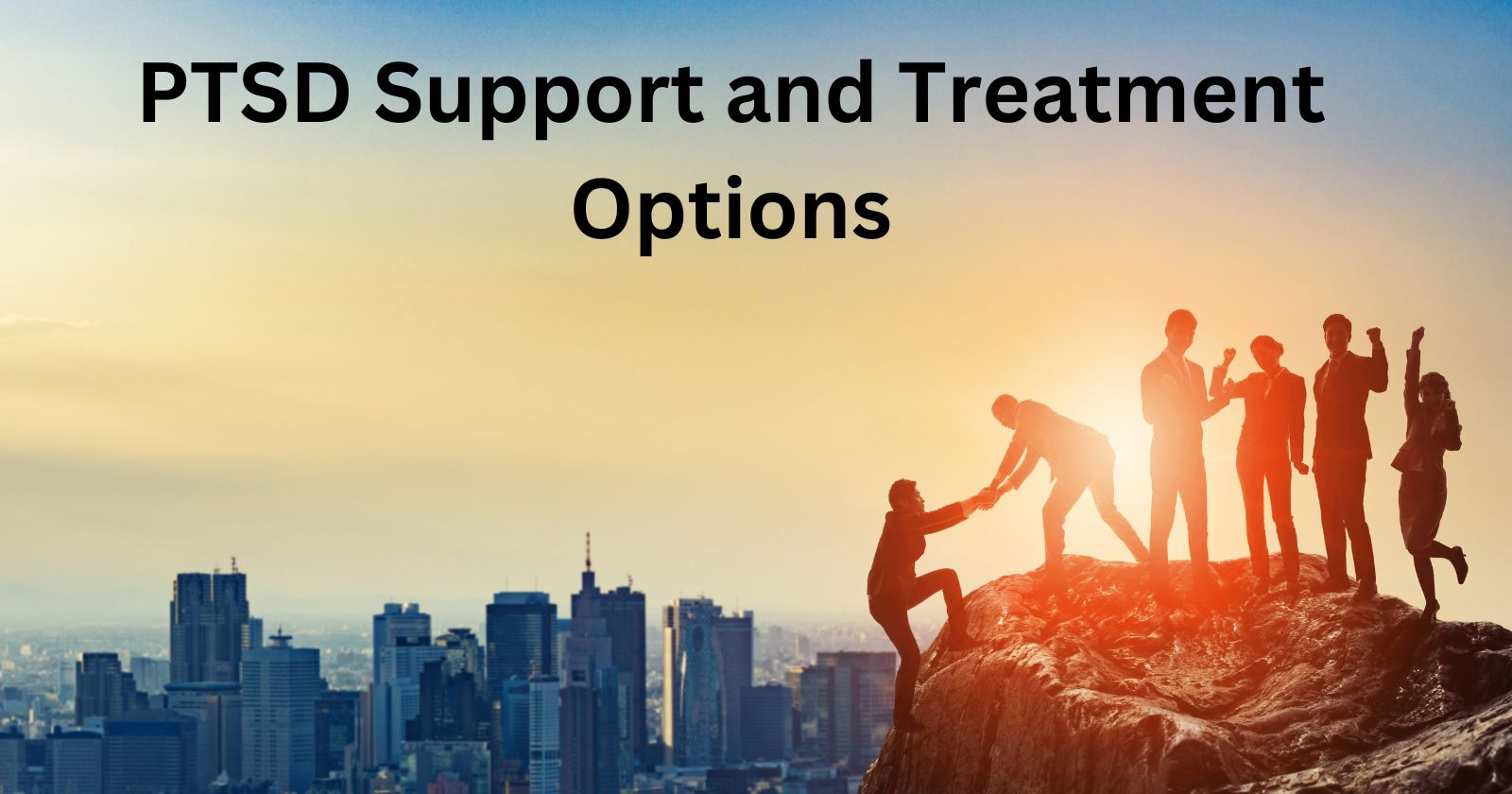
Finding the Right Support Network
A strong, support group or network is essential for individuals coping with post-traumatic stress disorder (PTSD). This supportive relationship and network may be comprised of various support resources, such as:
- Family member and friends who understand the unique challenges of PTSD
- Therapists or counselors specializing in treating PTSD.
- Support groups with others who have experienced similar traumatic events
- Medical professionals, such as doctors and psychiatrists, to address both the physical and psychological aspects of PTSD
These resources can be invaluable in providing emotional support, guidance, and practical assistance, with positive and rewarding activities as well as creating a safe space for individuals to express their negative thoughts and emotions. It is crucial to explore various options and seek a support network that is tailored to one’s specific needs and preferences.
Addiction Treatment for Co-occurring PTSD
For some individuals, substance abuse may develop as a coping mechanism to deal with the symptoms of PTSD. This often signifies the presence of a co-occurring PTSD and addiction diagnosis. In such cases, a comprehensive and integrated approach to treatment is necessary. This includes:
- Identifying the underlying causes of both PTSD and addiction
- Engaging in therapy for trauma and PTSD-specific treatment
- Addressing substance use disorder through evidence-based interventions, such as counseling and medication-assisted treatment
A specialized treatment plan targeting the co-occurring conditions can maximize the potential for recovery and promote long-term well-being. Collaborating with an experienced counselor or therapist who specializes in PTSD and addiction can be particularly beneficial. Additionally, participating in a support network of individuals who have faced similar challenges can offer unique insights, an understanding of self-care coping strategies, and encouragement in the recovery journey.
